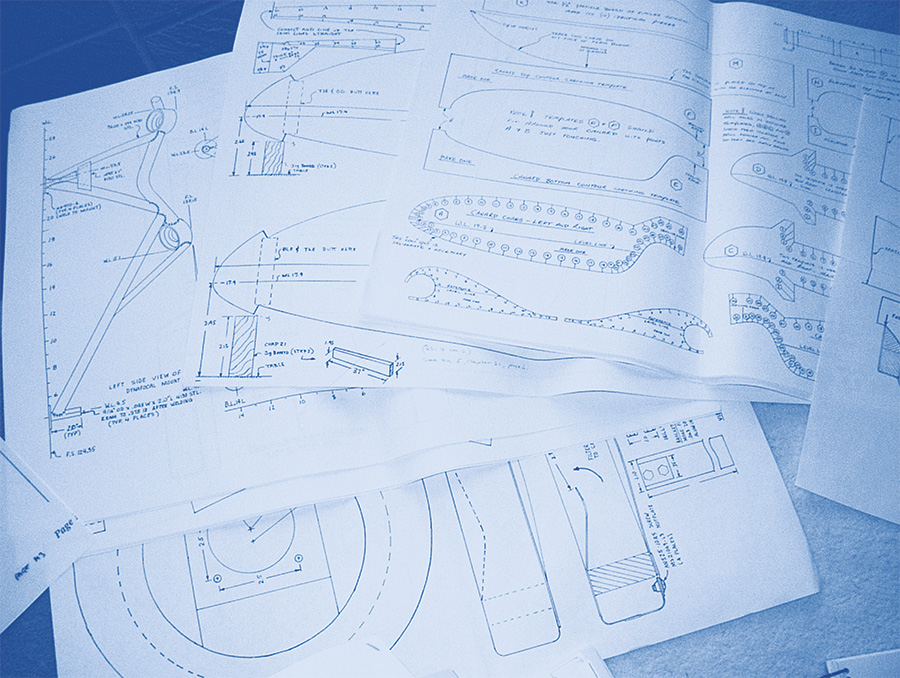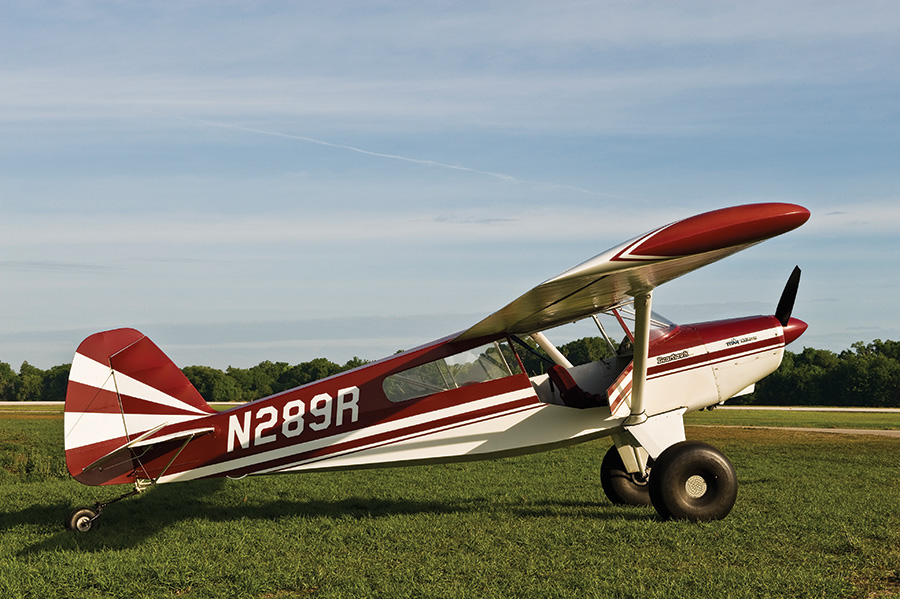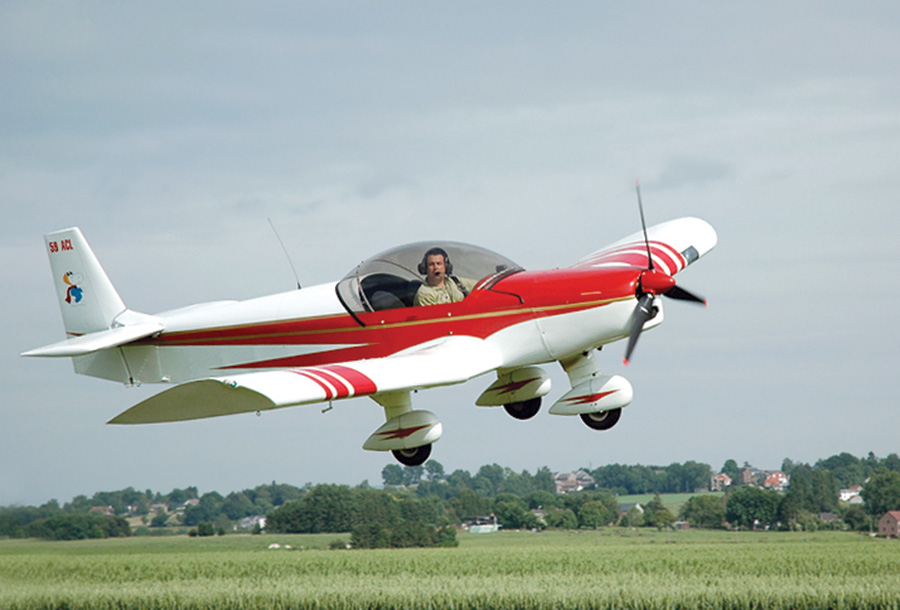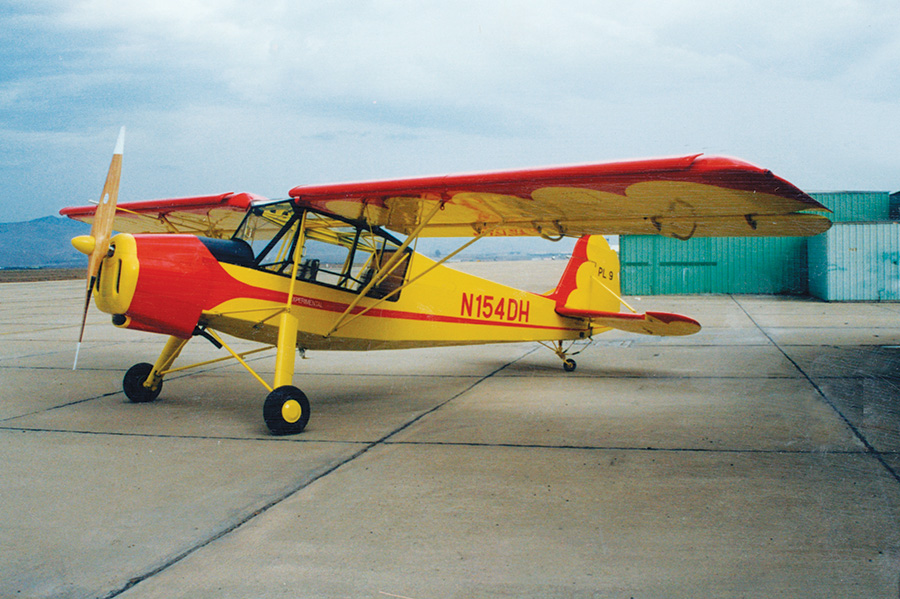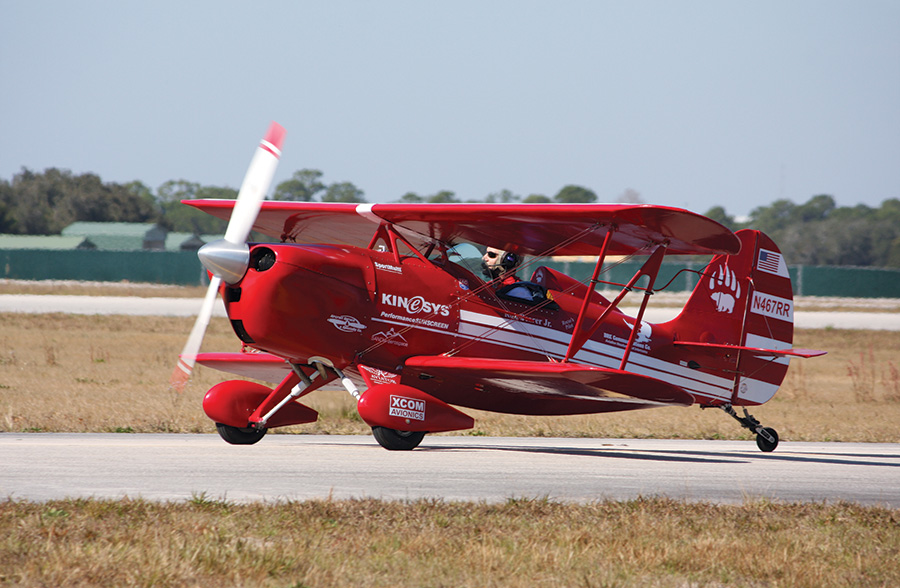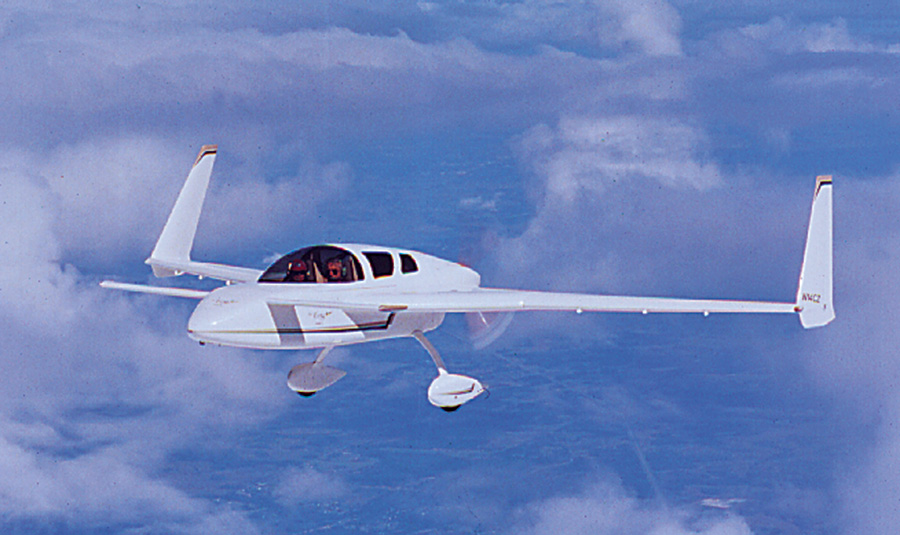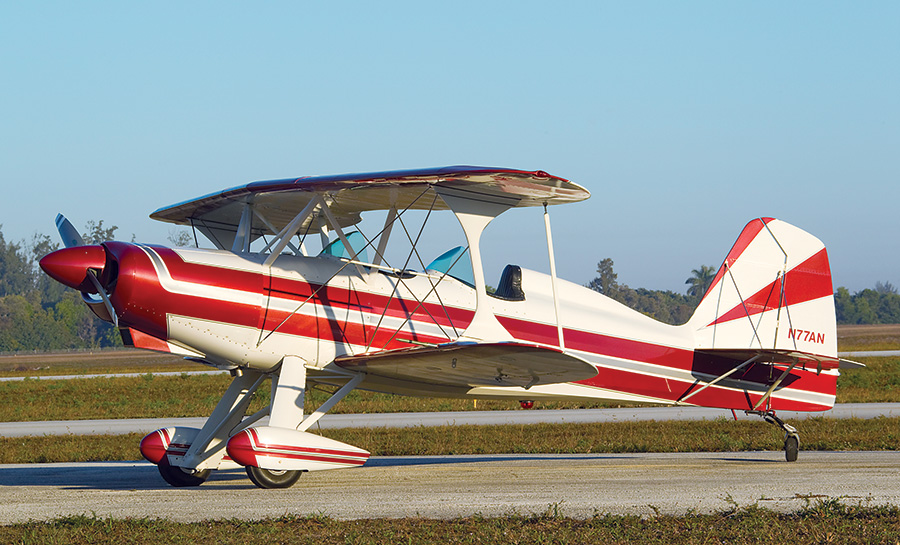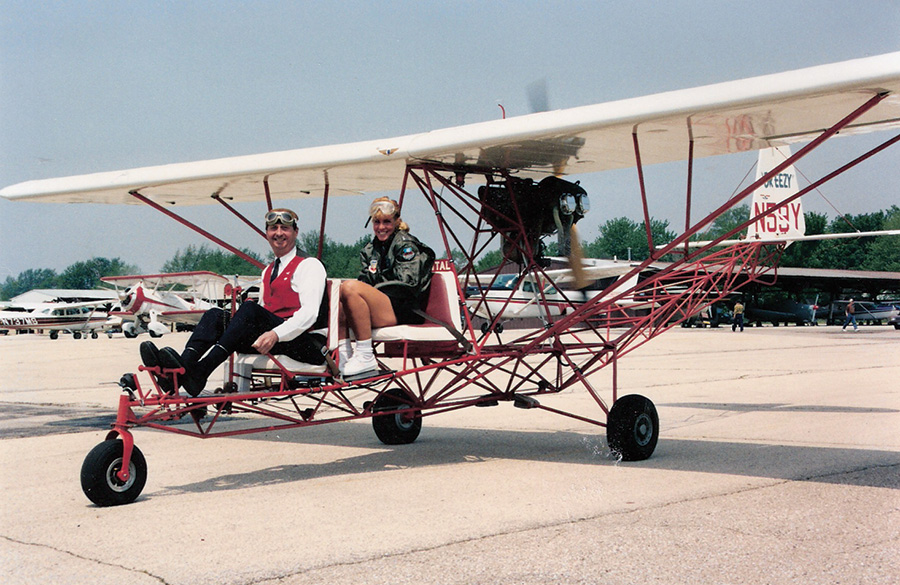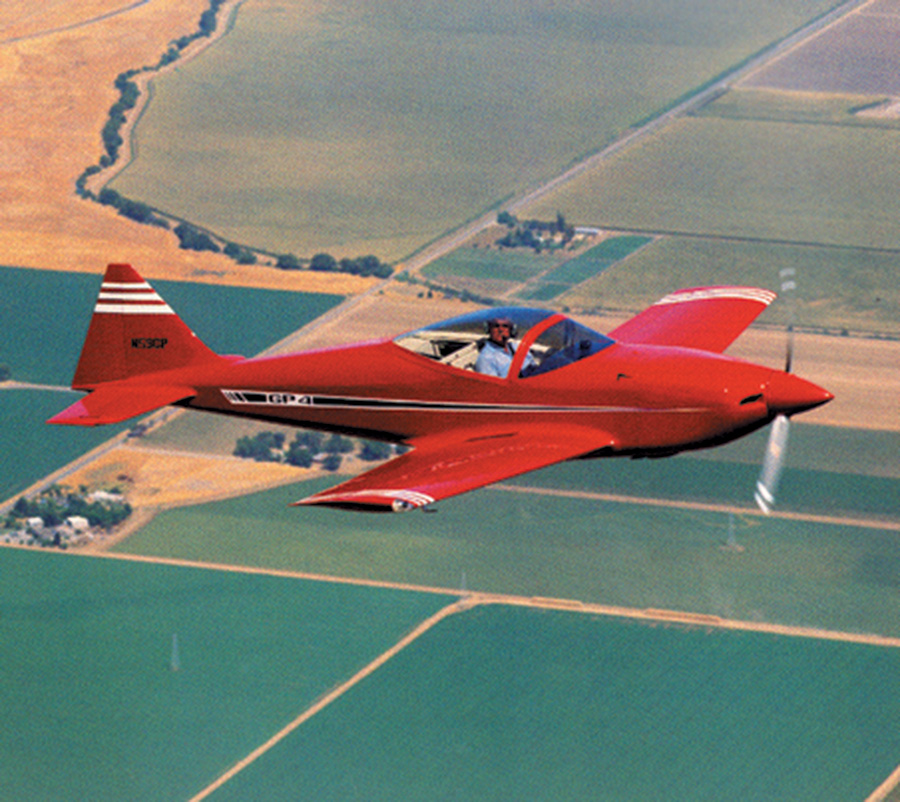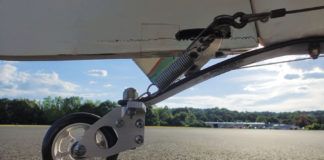Last month in KITPLANES®, we took our annual look at the airplane kits currently available on the market. What many people don’t realize is that, even though our name is KITPLANES®, we are really here to serve the entire homebuilt market. The roots of homebuilding go back many years before the first successful kits came out—first with scratch built airplanes, then moving on to the plans industry. For many years, those dreaming of building an airplane started with the pages in the front of the Aircraft Spruce and Specialty catalog—the place where you could buy plans and “materials kits”—carefully chosen raw materials to help a person get started on an airframe. Note that “airframe” didn’t encompass anything but the basic structure; the builder still needed to determine for themselves what was needed for systems, electrical, firewall forward, and all of the hundreds and thousands of little pieces that make a structure into an airplane.
To the surprise of many, plans building is still popular because many of the aircraft designed up through the 1980s—and into the ’90s—are not available as kits. This includes most of the composite canard designs by Burt Rutan and other designers from that era. Moldless fiberglass construction lends itself to materials kits and plans building because the builder starts with nothing but blocks of foam and spools of cloth. Kits for composite aircraft became popular once the fuselage and wings were being produced using molds—then the builder would receive large chunks that already looked like airframe components, rather than packing materials.
An interesting category of Experimental aircraft that has grown somewhat organically out of the plans and kit industry are those types that can be built either way. Many of the aircraft listed in our online directory can be built from complete kits—or you can purchase the plans and start from scratch—or purchase as many piece-parts as you wish from the kit manufacturer. Zenith aircraft are a good example of this slice of the industry. For someone who likes to find bargains and has access to the necessary tools (and time) to fabricate components from raw stock, this is a fun and rewarding way to build. This route also allows a builder to change their mind in the middle of the project if they wish to speed things up and get to the finish line faster.
Why Plans?
While kit-building dominates the homebuilt market today, there are still many people who prefer to build from plans for a variety of reasons. It is hard to rate which of these reasons is most—or even more—important, because everyone’s motivations are different, and choosing an aircraft to build is a very personal decision. But we can list a few of the considerations that drive someone to the road less traveled:
Availability—Many people simply fall in love with a particular aircraft design, and their reason for building is to have “one of those.” Whether it is a classic biplane, such as a Starduster or Acrosport, or the potential builder just simply has to have a sexy-looking Long-EZ, it makes no difference to them what route they have to take to get one. And if starting with a plans set is the only way to go, so be it. There is no doubt that builders are dreamers, and many dreams began early. If your childhood room had posters of Pietenpols or Hyperbipes in your formative years—and you still have those posters carefully stored away or on your office wall today—you might have no choice but to go with plans.
Challenge—For many, they simply haven’t built an airplane unless they truly fabricated all of the components. We hear good-natured ribbing at airshows and fly-ins about kit-builders simply being “assemblers,” while the guys who started from scratch are “builders.” The truth, of course, is that unless you planted the seedling for the spruce tree, watered it, watched it grow—then cut it down and milled the wood for your spar—you still jumped into the process at some point along the continuum. Starting with raw aluminum, fiberglass, or wood stock and a set of plans is generally considered good enough to put you in the “I built it without a kit” crowd—and that is quite a challenge.
A Unique Design—A few builders have had their own design in mind for many years, but going from a blank sheet of paper to a finished airplane is more daunting than most can imagine. Oftentimes, a builder will see an airplane design that is close to what they want, but will require a great deal of modification in key areas. One example is when they want to change the size of the cockpit to accommodate themselves (either making it bigger or smaller), or in changing some other aspect of the airframe that will significantly alter most of the major components. In this case, starting with a kit would be wasteful; but starting with a set of plans and stretching a little here, reshaping a bulkhead there—that makes sense.
Fiscal Realities—Many people want to build an airplane today for the same reasons that many homebuilders got started in the 1950s—they want an airplane, but simply don’t have a lot of money. They can’t afford to purchase a kit, or even the sub kits for an airplane, but they can afford a few hundred dollars now and again for raw materials. They may not have money, but they have the time, and sweat equity (along with a nice set of plans) is a great way to get into the air. It can take a lot longer, but for many, that doesn’t matter. If you have airplane parts in your workshop, you’re a builder.
Sources
I bet that most builders come to the plansbuilt world with an airplane already in mind—something that they saw at a fly-in, in a calendar shot, or that they have been thinking about for years. You can find a lot of information and pictures in the front of the Aircraft Spruce catalog, and many dreams have been started with that big book—but builders come to their design in many different ways.
Wander the ramp at your local field or visit an EAA chapter close to you. In fact, one great way to see interesting airplane ideas and meet new builders is to visit EAA chapters far away—when on an overnight business trip or a vacation for instance. Take time to find the airplane that is right for you; the truth is, the build will become a huge part of your life.
Finding the plans for the airplane of your dreams is as simple as logging on to www.kitplanes.com and checking out the Online Buyer’s Guide. You can search for airplanes that fit your specific design parameters, or simply look the design up by name or manufacturer. You can compare models based on specifications, hours it takes to build, materials used—just about any parameters you care to use. And once you have found that plane, the listings will tell you where to go for plans: the name of the company or contact, as well as phone numbers and web site information.
The Reward
Building an airplane that comes as a kit is a remarkable achievement in anybody’s book—and building one from plans (or from scratch) can be even more remarkable. Whether that aircraft is simple or complex, knowing that you marked all of the dimensions, drilled every hole, and formed every shape is something that you can never lose. While our title says “KITPLANES®,” we applaud and support the entire homebuilding community. The plans builders might not appear in these pages quite as often, but that is only because they are hidden away in workshops all around the world, toiling away at projects that will be exactly what they want —and satisfy that dream of homebuilt, affordable flight.
Top Sellers
“Introduced at the first EAA fly-in 1953, Tailwind was designed and built by legendary designer and air racer Steve Wittman. This high-
performance homebuilt is constructed with a steel tubing fuselage, wood wings, and fabric covering. It offers exceptional cruising speeds and is economical to operate and maintain.”
– Aircraft Spruce and Specialty
“The Cozy MK IV is a high-performance, four-seat canard aircraft which is comfortable, efficient, and economical to build. It has a range of about 1,000 miles and a top speed of 200 mph. When constructed according to plans and operated within the approved C.G. range, the canard configuration makes it highly resistant to stalls or loss of position control. The MK IV features full dual control and two-axis trim. The composite construction is very strong, resistant to corrosion and fatigue, and offers better protection to the occupants than other types of construction.”
– Aircraft Spruce and Specialty
“This is the best-known biplane across the country. It is a two-place machine, large enough for two and baggage, fast enough for cross country if you want to really enjoy life, and without question the prettiest biplane ever built. It is rated +/- 6 G, so most aerobatics can be performed. Powered with engines from 125 to 375 hp, the 180 and 200 HP Lycoming are most popular. First flown in the 1960s, there are more than 1,000 flying. This is what flying was meant to be.”
– Aircraft Spruce and Specialty

